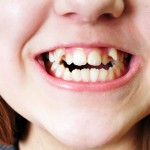
40 cross-sectional studies involving a range or oral health related quality of life measures were included in this review. They found that malocclusion has a small impact on oral health related quality of life.
[read the full story...]
40 cross-sectional studies involving a range or oral health related quality of life measures were included in this review. They found that malocclusion has a small impact on oral health related quality of life.
[read the full story...]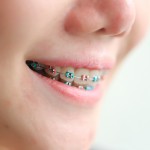
This review looked at the impact of premolar extraction on soft tissue profile in class II division 1 malocclusions. 13 studies were included the majority being retrospective. There is some evidence to suggest an increase in the nasolabial angle but the quality is limited.
[read the full story...]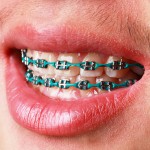
Factors affecting relapse after treatment of class II malocclusion was investigated in this review. Only 17 retrospected studies met the review criteria providing limited evidence to support the influence of factors predictive of sagittal stability following orthodontic treatment.
[read the full story...]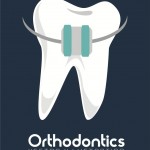
This review of fixed functional appliances for treatment of class II malocclusion included 9 studies, only one of which was a RCT. The findings suggest that fixed functional appliances are effective at producing short term improvements in class II malocclusions but should be interpreted with caution because of the quality of the available evidence.
[read the full story...]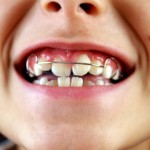
Following on from a review we looked at earlier in the week about the impact of orthodontic treatment on quality of life we look at a review considering whether malocclusion affects quality of life. 6 studies were included and malocclusion was considered to have a negative impact.
[read the full story...]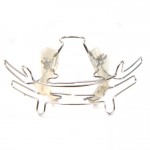
This is the latest update of a Cochrane review looking at the treatment of class II malocclusion. This is a common problem affecting about one in four of 12 year-olds in the UK. The aim of the review was to assess the effects of orthodontic treatment for prominent upper front teeth (Class II malocclusion) when [read the full story…]

Prominent lower front teeth (reverse bite; under bite; Class III malocclusion) are more common in oriental (15%) and black races (10%) and relatively uncommon in Caucasian (4%) populations. Several orthodontic approaches have been suggested to correct this and the aim of this Cochrane review was to assess the effects of orthodontic treatment for prominent lower [read the full story…]
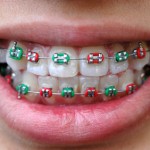
The class II malocclusion is a common problem that people attend for orthodontic treatment. The main aim of this review was to assess whether Class II elastics are effective in correcting Class II malocclusions PubMed, Scopus, Web of Science, Embase, Medline, and Cochrane databases, were searched. This was complemented by a hand search, with no [read the full story…]
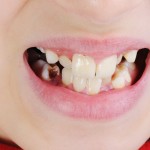
The crowing of teeth disrupts the normal proximal and occlusal contacts and creates area for potential plaque and food accumulation. As a consequence it has been considered a risk factor for dental caries. However, studies looking at a relationship between crowding and caries have been contradictory. The aim of this review was therefore to assess [read the full story…]

Prominent lower front teeth can be associated with a large or prominent lower jaw and/or a small or retrusive upper jaw . The reasons why this occurs are not well understood. Treatments to correct this range from orthodontic to surgical. The aim of this Cochrane review was to evaluate different treatments of Angle Class III [read the full story…]